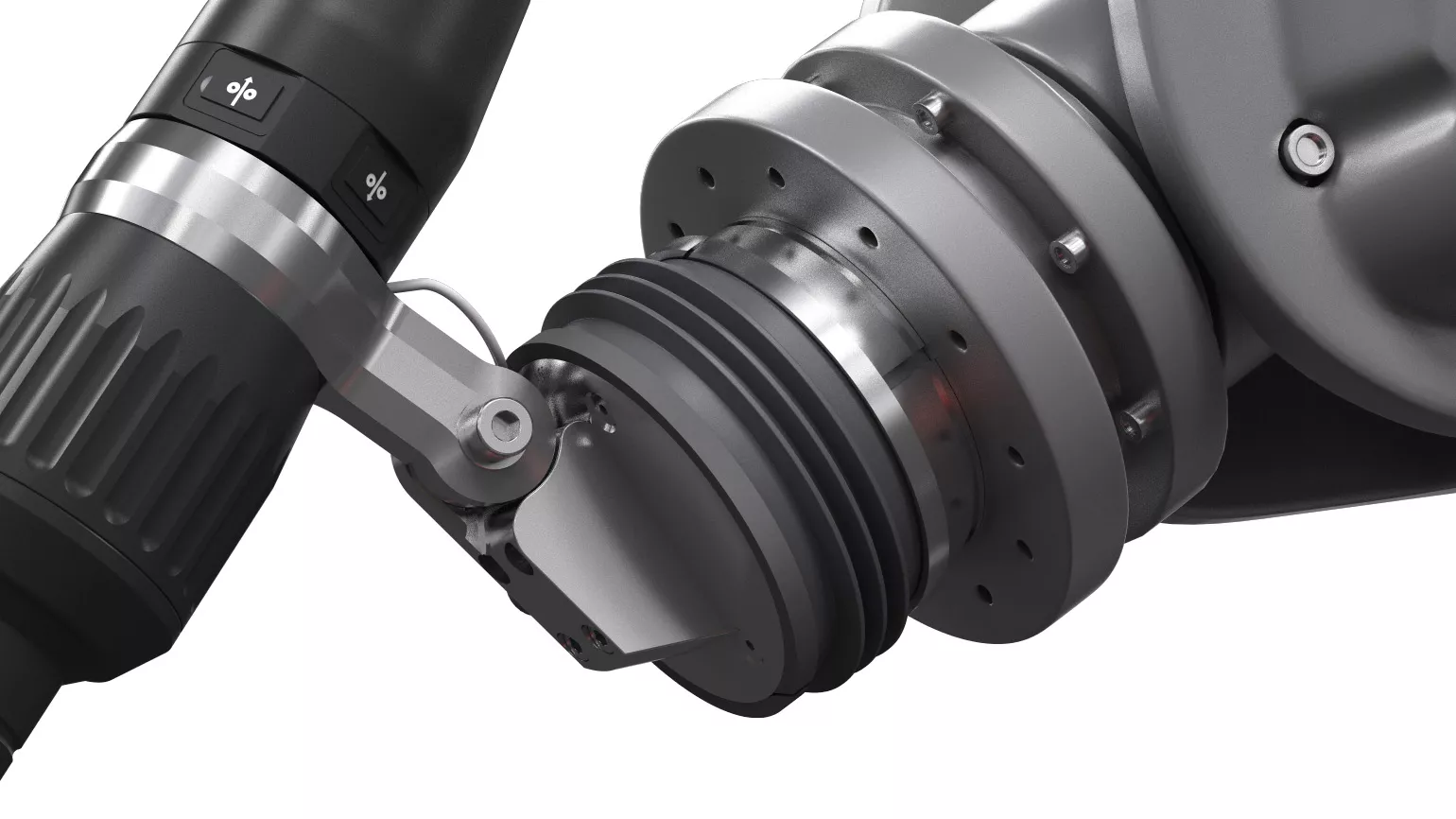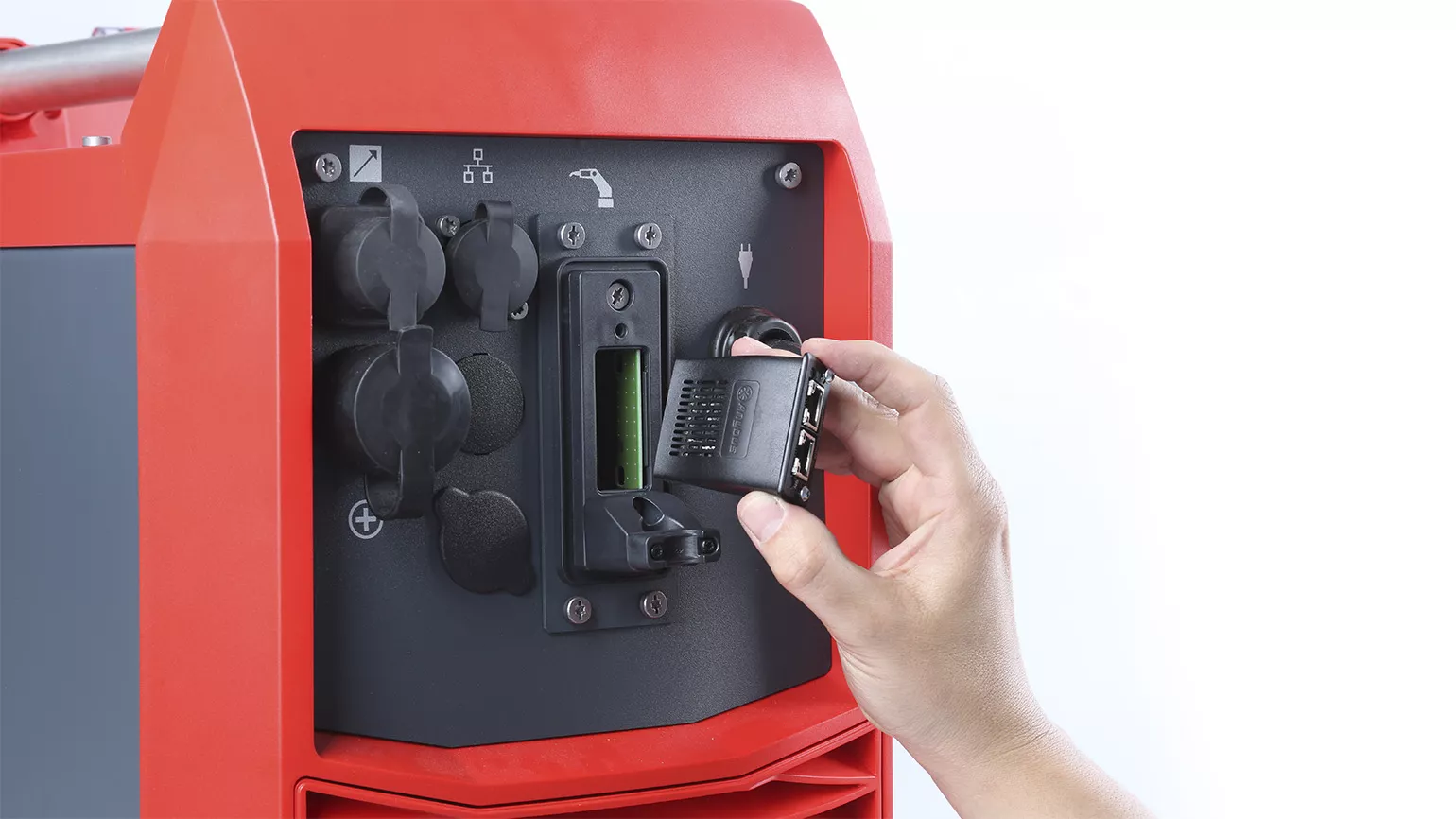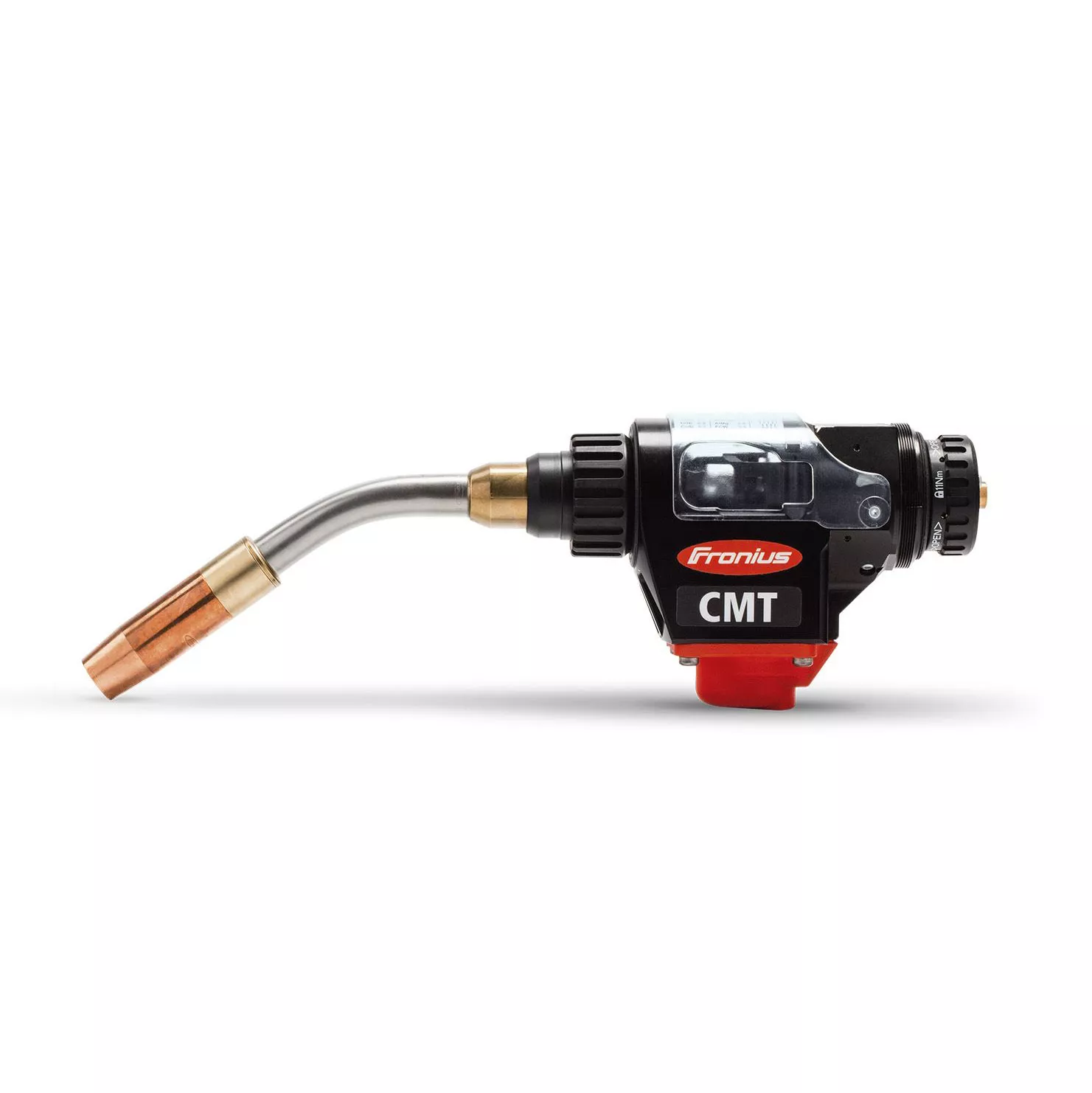Transformation for maximum efficiency
Converting a manual welding machine to a robotic welding system is quick and easy. All common standard interfaces are available.

We combine a culture of innovation and customer focus in a unique way:
since the 1990s, we have been revolutionizing the industry with pioneering solutions for robot-assisted welding.
By making good things even better, we not only develop welding systems, but also create solutions that expand the possibilities of automated robotic welding. We achieve a high quality weld thanks to intelligent control and a stable arc.
Software solutions allowing easy integration plus welding data recording and analysis complete our systems.





Challenge
ALTEC uses modern production methods and automated robotic welding cells. In 2018, an aluminum framework part was transferred from manual production to robotic welding to ensure a high welding speed and process reliability. Due to high failure rates, an existing robotic system was equipped with new welding technology to perform all position welds in one process and achieve an outstanding weld appearance.
Solution
The Fronius TPS 320i high-tech welding system platform is used on both robotic welding systems. Both welding machines are also equipped with the complete CMT hardware.
Products in use
TPS 320i CMT










Thanks to our modular welding packages, custom solutions can be developed quickly and efficiently. The TPS/i can be flexibly adapted to meet specific welding requirements. The standard or pulse processes are available as basic packages, or advanced welding packages such as LSC, PMC, or CMT can be used for particularly demanding welding tasks. The optimum interaction of welding processes with intelligent penetration and arc length stabilizers makes production faster and of higher quality, which reduces rejected welds to a minimum.

CMT, the stable arc with reversing wire motion
Cold Metal Transfer: The highly specific type of droplet detachment minimizes heat input. Reversing wire motion also ensures low spattering.
Read more about CMT
The optimized PMC pulsed arc
With its optimized pulse characteristics, Pulse Multi Control provides high-quality welds at high welding speeds.
Read more about PMC
The modified LSC dip transfer arc
Low Spatter Control: Soft reignition represents a significant difference compared to the standard dip transfer arc. Here, the short circuit is triggered at a low current level.
Read more about LCSOne particularly important factor in robotic welding is increasing the efficiency and quality of welding tasks. Our assistance systems such as TeachMode, TouchSense, WireSense, and SeamTracking further optimize the welding process by saving time, preventing collisions, compensating for tolerances, and increasing process reliability.
Developed for welding fillet welds and prepared butt welds. The wire or gas nozzle scans the component in detail and transmits the start and end position to the robot, which calculates the exact seam path.
The welding system detects accumulations of welding spatter inside the gas nozzle. Cleaning routines can be optimized and process reliability increased.
Start welding safely and cleanly. Before welding starts, slag that has formed on previous welds is chipped away by reversing wire movements.
The spatter-free ignition with SFI ensures both safe and clean ignition.
